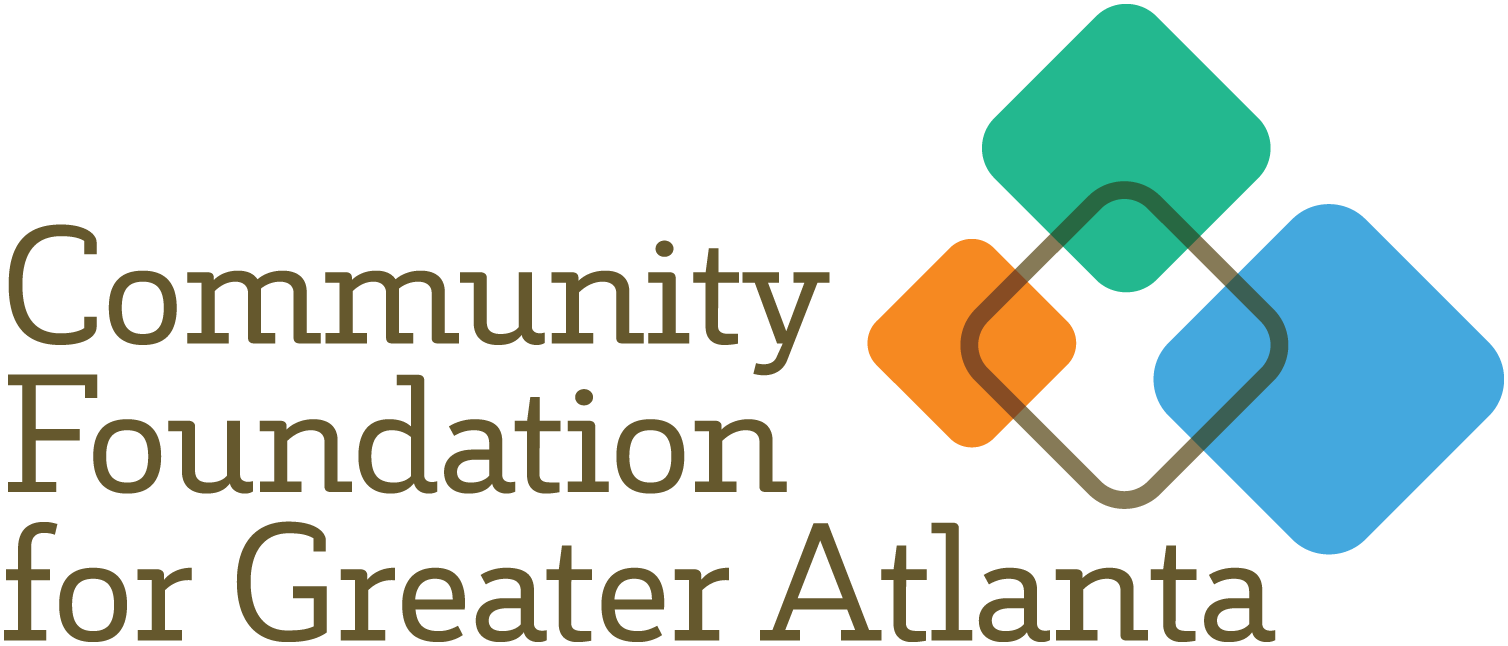In 2016, the Community Foundation for Greater Atlanta launched Impact Areas with measurable objectives as a way to focus our financial, partnership and advocacy investments in the Atlanta region. As a starting point for future trend analysis, we have created an Impact Area dashboard that captures baseline values. The following narrative, drafted by Lita Pardi, our Nonprofit Effectiveness Impact Area lead, provides analysis and commentary of that data. The full set of metrics, in addition to all demographic and socioeconomic variables, can be found on the Foundation’s dashboard.
Nonprofit Effectiveness
Lita Pardi, director, resource deployment
High-functioning nonprofit organizations are a critical component to a vital region. Close to 5,000 metro Atlanta nonprofit organizations were actively operating in 2013, from shelters and afterschool programs to Parent Teacher Associations, booster clubs, hospitals and universities. Key benchmarks for effective nonprofits include strategic plans that align resources toward achieving goals and measurable results, at least three months of operating reserves and strong leadership. The baseline data indicates that of the nonprofits surveyed, 44% do not have strategic plans that include measureable objectives by which the organization can gauge success. Developing a strategic plan is an exercise that benefits the organization, its leaders and the community served. However, if an organization’s plan lacks clear metrics, not only is it easy to stray from the plan, it becomes impossible to consistently and authentically track and document outcomes.
Approximately one-third of organizations surveyed reported having less than three months of cash reserves. Keeping cash in reserve for a “rainy day” is not a luxury and provides a means for the organization to address unexpected cash flow shortages, expenses or losses. Reserve funds cannot only be used to solve timing problems due to revenue shortfalls – organizations should also use them as “opportunity” funds. With a healthy reserve, an organization has a financial safety net and can choose to grow and enhance its capacity to serve the community and to respond to unanticipated opportunities, such as the development of new programs, purchase of property or even a merger with another nonprofit organization.
The Foundation’s commitment to strengthening and supporting our region’s nonprofits includes more than giving financial grants. While financial support can strengthen nonprofit organizations, our experience has taught us that building the capacity of nonprofits by investing through multiple strategies can yield greater benefits. In our Nonprofit Effectiveness portfolio, the Foundation provides general operating support grants, management consulting support for various infrastructure needs and support for the restructuring or merger of organizations. The Foundation has prioritized investing in fiscal management, governance, human resources, marketing and communications, strategic planning, succession planning and technology.
Categories
- Arts, Culture and Creative Enterprises6
- Book Club26
- Community107
- COVID-1934
- Donor Stories39
- Events30
- Great Grant Stories62
- Higher Ground168
- Housing and Neighborhoods14
- Impact Investing28
- Income and Wealth12
- Media22
- News158
- Nonprofits24
- Philanthropic Resources131
- Place-focused6
- Power and Leadership8
- Press Releases99
- Publications62
- TogetherATL20
- Uncategorized335
